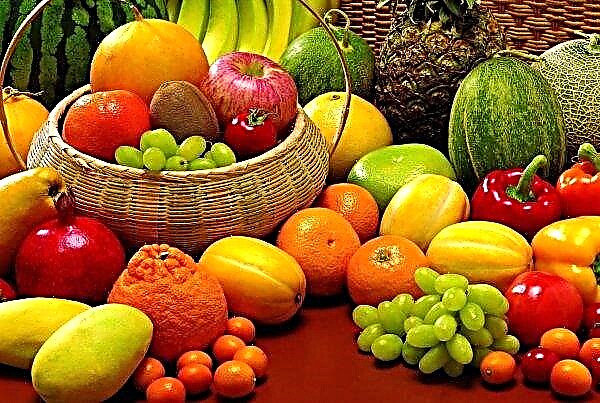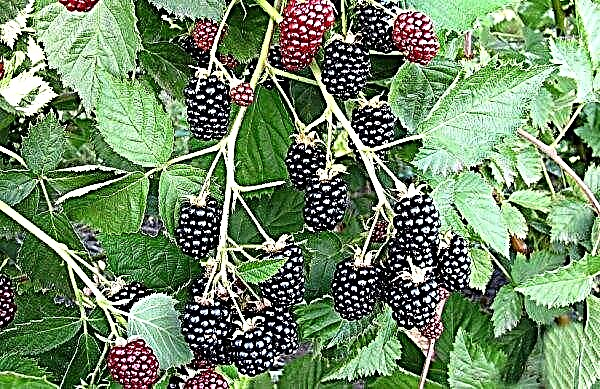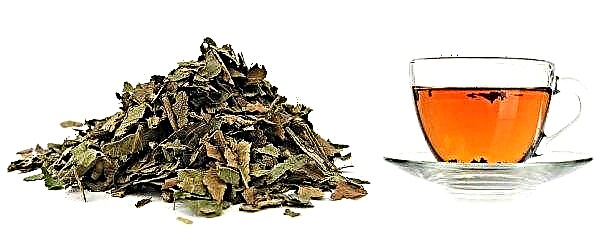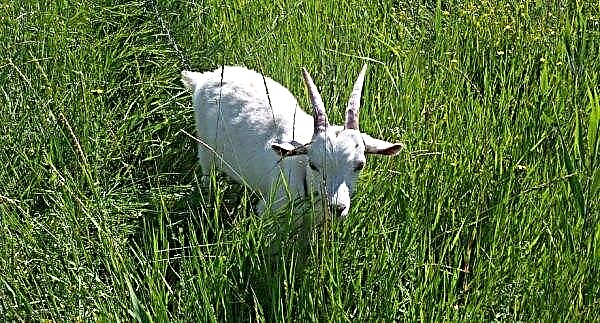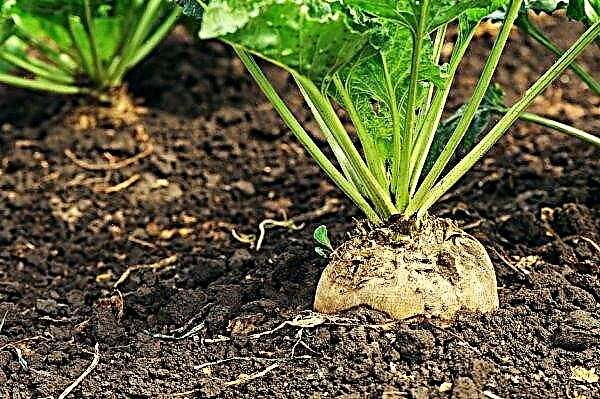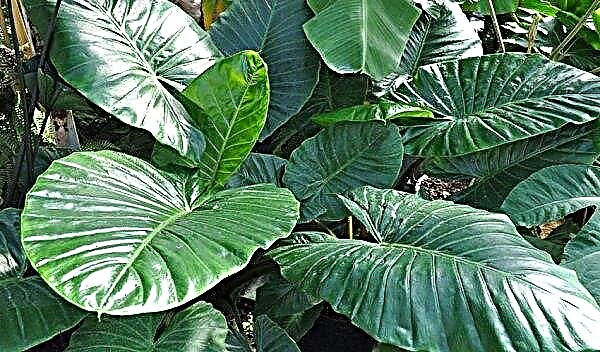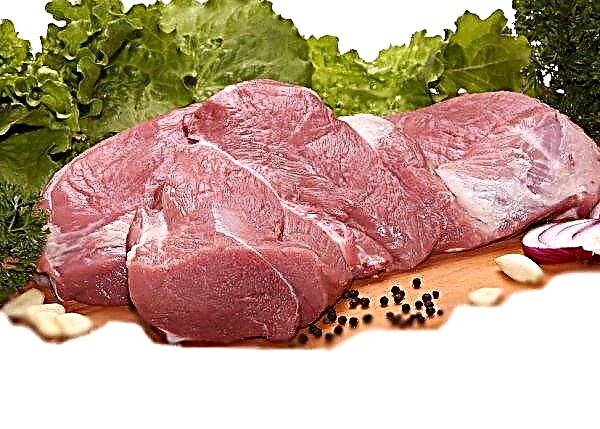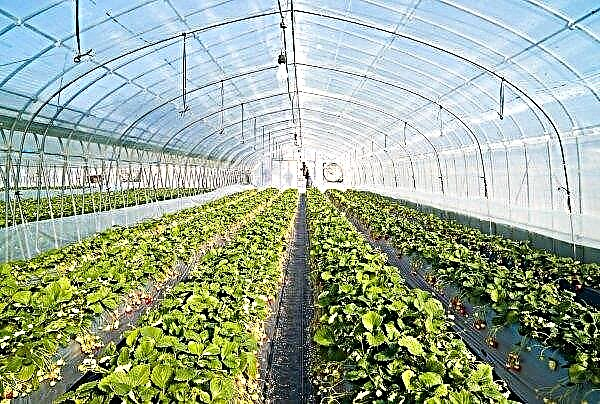In the summer, when the ripening time of onions is nearing, it is necessary to think about harvesting and storing it. An important factor in preparing bulbs is pruning. The gardener should definitely know when to dig the bulbs and how to cut them so that they are successfully preserved until the next crop planting.
Signs of onion maturity
You can determine the readiness for collection by the appearance of the plant:
- feathers are dried;
- bulbs are even and formed;
- dry husk;
- the color of the husk is light brown.
Proper cleaning of onions from the beds
In the middle lane, onions planted in the spring ripen by the second half of August. For storage for the winter, it is important to pick vegetables on time. The early harvest, when the husk did not have time to form, is fraught with decay of the crop. With late harvesting, the husk does not rest on the head, and the roots begin to grow. Such bulbs will not withstand winter storage. Gardeners pull out ripened onions from the soil. Immediately after cleaning, you need to start drying.
Such bulbs will not withstand winter storage. Gardeners pull out ripened onions from the soil. Immediately after cleaning, you need to start drying.
Important! Warm weather without wind and precipitation is suitable for collecting.
Why trim the onion
Dry tops do not have to be cut. If the farmer plans to braid the product in braids, it is more convenient to leave the bulbs whole. But for storage in containers or bags, the tops are still better cut. Feathers are no longer needed for cooking, and without them, the heads are more compact.
Preparing and trimming onions for storage
Bulbs can be cut in two ways:
- tear off dried feathers by hand;
- cut the leaves with scissors or a knife, leaving a neck 3–6 cm high.
There is no significant difference between them. The gardener chooses the most convenient for himself. It is also important to remove the rhizome - it should be cut to the bottom. The bottom itself does not need to be cleaned.
How to dry onions
An important step in preparing onions for storage is drying the bulbs. After harvesting, they are raw, because before that they were in the ground. In this form, they can not be left until winter. Bulbs should be dried for 1.5–2 weeks at a temperature of +20 ... + 30 ° С. For this gardeners stack vegetables in one layer. Dry them on the street or indoors, based on the weather. In hot summers, many farmers prefer to leave crops outside.
Important! The drying method in an electric oven requires large financial costs for electricity, so gardeners practically do not use it.
Depending on the conditions, two variations are possible:
- Heads can be left directly on the bed. To prevent vegetables from becoming damp, they are covered with waterproof material in the evening. So the dew will not fall on them.
- If precipitation is expected, lay the vegetables under a canopy. Underneath it is advisable to lay burlap or other suitable bedding.
In bad weather, it is better to transfer the crop to the room.
For home drying, farmers resort to several methods:
- Place the bulbs in the attic, balcony or utility room. It is worth laying the litter on the floor first.
- Sometimes not yet trimmed onions are braided into braids. Weaving is best fixed with a rope. Braids are suspended from the ceiling or a high crossbeam.
- For a small crop, the drying method in an electric oven is suitable.
Onion storage at home
Dried onions are put in a suitable container for storage:
- perforated boxes;
- wooden containers;
- linen bags;
- mesh bags;
- wicker containers;
- stockings or tights.
Gardeners place 2–4 kg of vegetables in one container. Onions at home are usually stored in the cellar, apartment, porch or on the balcony.
Did you know? The first images of bulbs, archaeologists found in the Egyptian pyramids. The ancient Egyptians inflicted the oldest drawing in the 2nd millennium BC. e.
In the cellar
In the cellar, farmers set the temperature in the range 0 ... + 3 ° C. The optimum humidity is 75–85%. In the cellars damp is often found. This problem can spoil the entire crop - the bulbs will begin to sprout, rot, or become susceptible to fungus. To avoid dampness, leave the onions for the winter in the cellar with good ventilation. The above types of containers are suitable for cellars, but you can just lay the bulbs on shelves there. Shelves are pre-lined with hay or straw. The heads are laid out in one layer.
The above types of containers are suitable for cellars, but you can just lay the bulbs on shelves there. Shelves are pre-lined with hay or straw. The heads are laid out in one layer.
In the apartment
In the apartment, vegetables are usually stored by summer residents who transport the entire crop from the cottage home. In apartment conditions, onions are stored quite well, if the temperature is maintained within +19 ... + 22 ° С. Temperatures higher will harm the bulbs. A container with bulbs is best placed in a darkened place - not far from the balcony, in the pantry or on the mezzanine.
Also suitable for the apartment is the storage method in braids, they can be hung on the wall in the kitchen. The method allows you to use vegetables gradually. In addition, braids serve as decor. In apartment storage there is an advantage - you can not be afraid of sprouting heads. Hosts immediately spotted green feathers immediately left for germination and used for cooking.
In the porch and on the balcony
Summer residents often take crops to the balcony or porch so that vegetables do not occupy space in living rooms. It is also convenient if the house does not have a pantry. This method also has a drawback: winter storage in the entrance and on the balcony is fraught with freezing of the heads. The method is valid in warm climates if there are no frosts on the street.
Summer residents from cold areas use thermal boxes for vegetables. Often these are containers with an insulated structure. A more expensive option is an electric mini-pantry. On such boxes, the hosts themselves set the necessary microclimate indicators and may not worry about the harvest.
Did you know? Leek is the official symbol of British Wales.
Processing bulbs for winter storage is a simple process that every summer resident will cope with. Subject to the rules of harvesting, competent drying and pruning, the crop successfully lasts until the end of winter and even longer.

